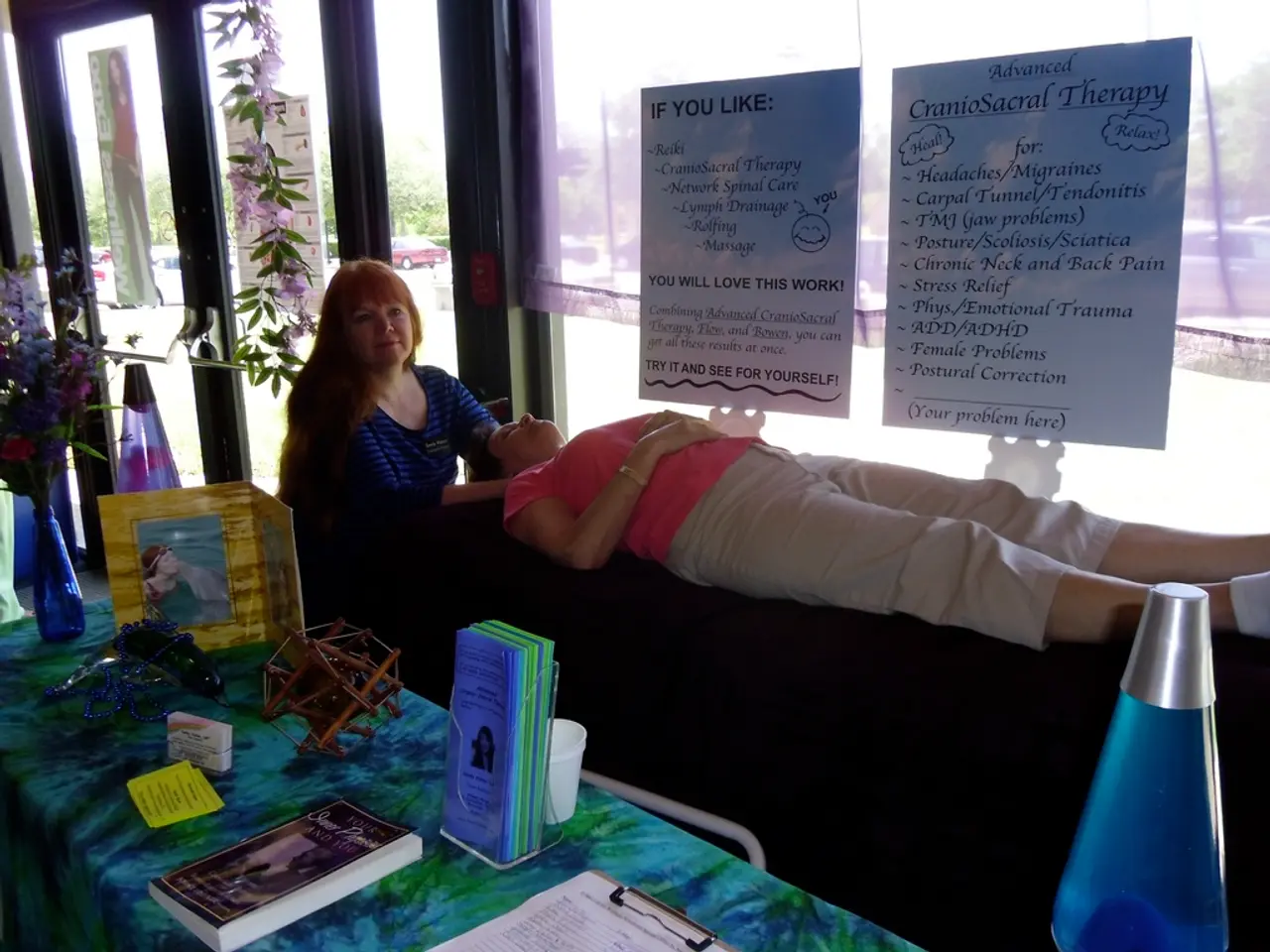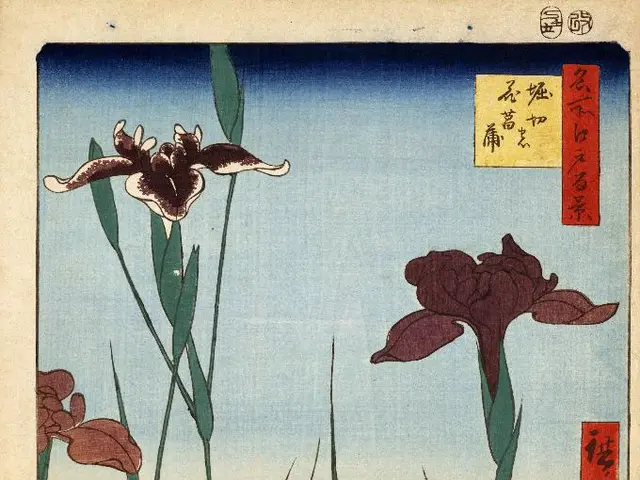Breast discomfort and pain: Origins and alleviation strategies
Heavy and sore breasts can be a common concern for many individuals, particularly women, due to various factors such as hormonal changes, pregnancy, breast conditions, and lifestyle choices. Here's a guide to some common causes and methods for pain relief related to these topics.
## Common Causes of Heavy and Sore Breasts
1. **Hormonal Changes**: Mastalgia, or breast pain, is often linked to hormonal changes during the menstrual cycle. It can be cyclical or non-cyclical and may be a result of fluctuations in estrogen and progesterone levels.
2. **Pregnancy**: Hormonal shifts during pregnancy can lead to breast tenderness and swelling.
3. **Pregnancy and Breastfeeding/Chesfeeding**: During pregnancy, breasts may become heavier and more sensitive due to hormonal fluctuations. Breastfeeding/Chesfeeding may initially cause soreness due to milk ducts filling or improper latching, but this usually subsides as the body adjusts.
4. **Infections**: Mastitis is an infection of the breast tissue, often associated with breastfeeding. It causes pain, swelling, and redness.
5. **Fibrocystic Breasts**: Fibrocystic breast changes are characterized by lumpy, tender breasts. These changes are influenced by hormonal fluctuations and can cause discomfort.
6. **Cancer**: While not common, persistent or severe breast pain can be a concern for cancer. However, most breast pain is not related to cancer.
## Methods for Pain Relief
- **Hormonal Management**: Over-the-counter pain relievers like non-steroidal anti-inflammatory drugs (NSAIDs) such as ibuprofen can help alleviate pain. Hormonal treatments may be prescribed by a healthcare provider if hormonal fluctuations are causing significant discomfort.
- **Lifestyle Changes**: Wearing well-fitting bras can provide support and reduce discomfort. Applying ice or a heating pad to the affected area can help ease pain.
- **Medical Evaluation**: If pain persists or is severe, consulting a healthcare provider is advisable. They may recommend imaging tests to rule out serious conditions.
- **Breastfeeding/Chesfeeding Adjustments**: Ensuring proper latching techniques and expressing milk regularly can help alleviate soreness related to breastfeeding/chestfeeding.
- **Surgical Options for Heavy Breasts**: In cases of heavy breasts causing significant discomfort, breast reduction surgery may be considered as a relief option.
Always consult a healthcare provider for personalized advice and treatment. Treatment for breast cancer typically involves removing the tumor, chemotherapy, radiotherapy, and/or mastectomy.
If you experience signs of an infection during nursing, intense breast pain during or after nursing, a lump in the breast, discharge from the nipple, or severe or unbearable breast pain, it's essential to contact a doctor. Thrush, a yeast infection, can cause symptoms such as sore nipples, itchy breasts, white spots on the infant's tongue, gums, or cheeks, and a hot stabbing pain in the breast after feeding. It can be treated with antifungal ointment and nystatin suspension for the infant's mouth.
Fibrocystic breast disease causes harmless lumps in the breasts and may cause nipple discharge and breast pain. Mastitis can occur due to engorgement or plugged milk ducts. A doctor may prescribe antibiotics for mastitis treatment, and warm compresses may also help.
Tracking breast pain over time can help a doctor give a proper diagnosis. It is important to tell the doctor if the pain has worsened progressively or if it first appeared after an injury. Breast cancer does not typically cause pain, but a person should see a doctor if they experience breast pain that does not go away, nipple discharge that is bloody, changes in the skin around the nipple, breast warmth or itching, skin thickening or skin that resembles an orange peel, swelling or lumps around the collarbone and underarms, a lump in the breast that is usually hard and painless, or severe or unbearable breast pain.
- Hormonal fluctuations during the menstrual cycle can lead to a condition known as mastalgia, which is associated with breast pain.
- Pregnancy can cause breast tenderness and swelling due to hormonal shifts.
- Breastfeeding/Chesfeeding may initially cause soreness due to milk ducts filling or improper latching, but this usually subsides as the body adjusts.
- Mastitis, an infection of the breast tissue, is often associated with breastfeeding and causes pain, swelling, and redness.
- Fibrocystic breast changes, characterized by lumpy, tender breasts, are influenced by hormonal fluctuations.
- While not common, persistent or severe breast pain can be a concern for cancer.
- Hormonal management, such as using over-the-counter pain relievers like ibuprofen, can help alleviate breast pain due to hormonal fluctuations.
- If breast cancer is suspected, treatment typically involves removing the tumor, chemotherapy, radiotherapy, and/or mastectomy.




